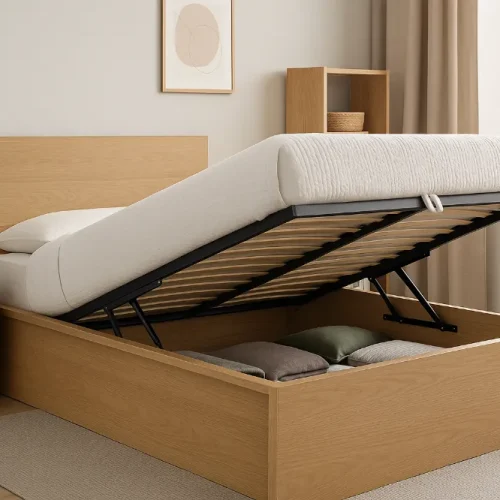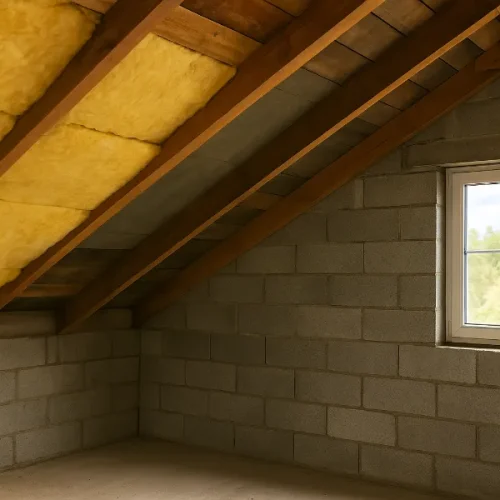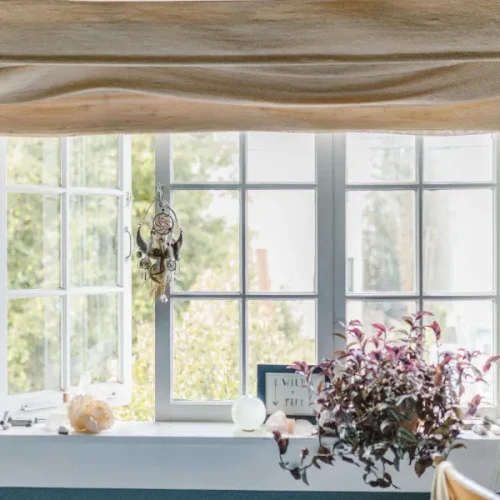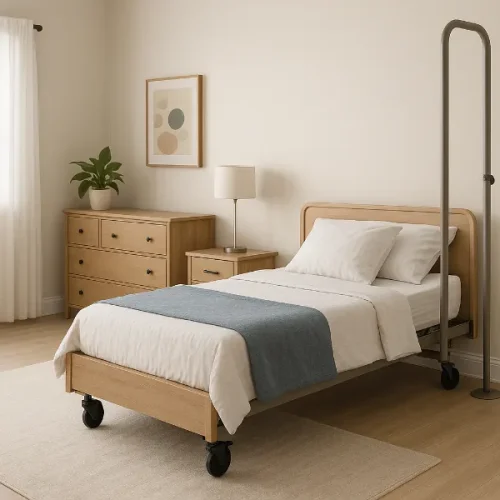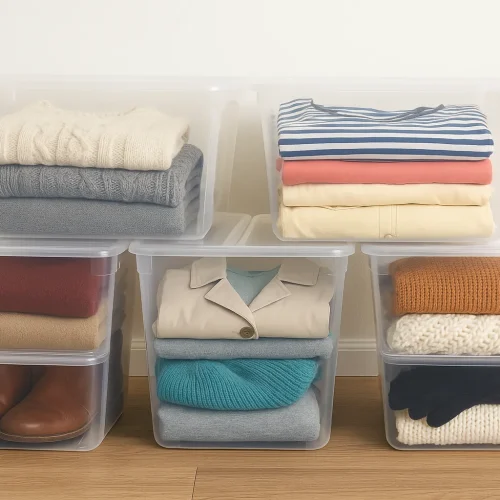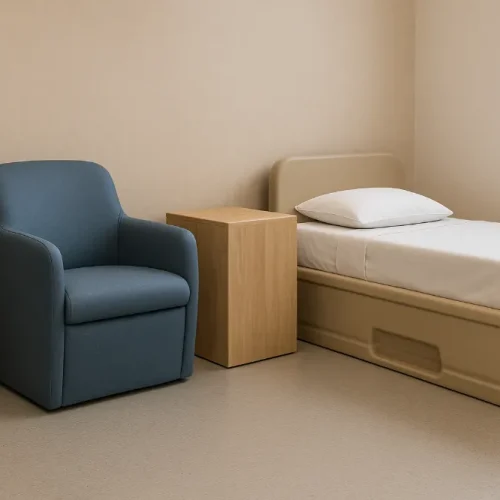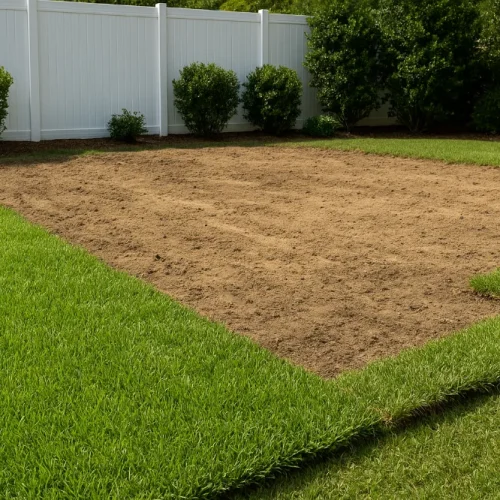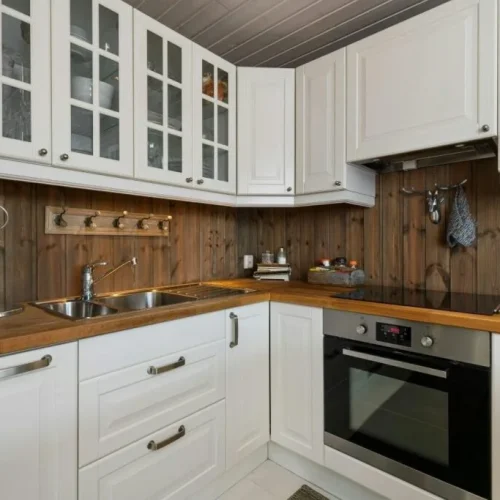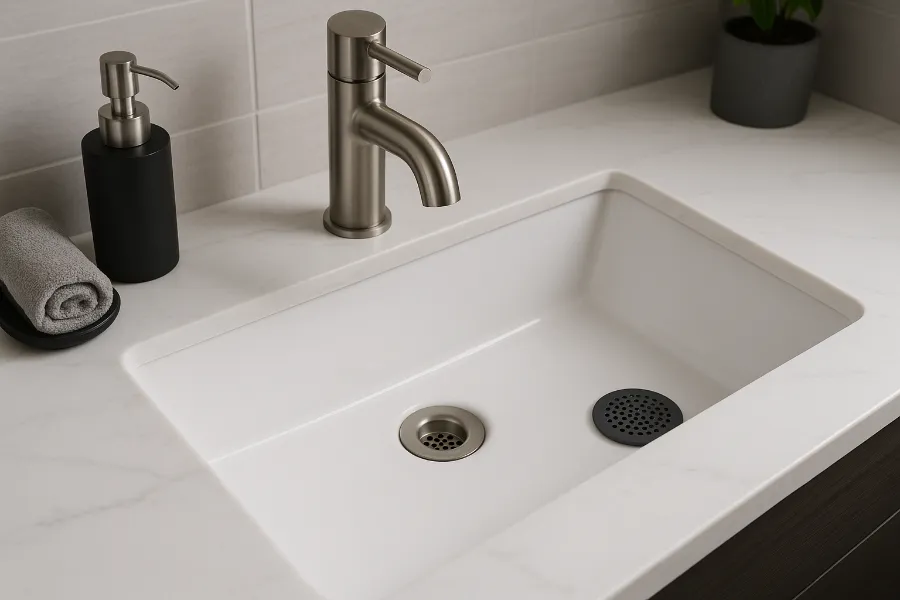
A smoothly flowing bathroom sink is an often-overlooked aspect of a well-functioning home. Yet, it plays a pivotal role in our daily routines, from morning hygiene practices to late-night skin care rituals. When problems arise, it can disrupt not only your activities but also lead to a cascade of more significant plumbing issues if not addressed promptly. Understanding how to maintain that flow is essential. Let’s explore practical tips to prevent and resolve common sink problems, empowering you to keep your bathroom functioning seamlessly.
Understanding Common Causes of Blockages
Over time, bathroom sinks can become victims of various blockages, ranging from hair and soap scum to toothpaste residue and mineral deposits. These problems may seem minor at first, but they can quickly escalate if ignored. Here are some of the leading culprits behind sink blockages:
- Hair: Hair is perhaps the most notorious offender. It can form clumps and latch onto the pipes, significantly slowing drainage.
- Soap Scum: While soap is necessary for cleanliness, it can create a sticky residue along the pipes, slowing down water flow.
- Toothpaste: Over time, this can harden within your plumbing, leading to reduced flow.
- Foreign Objects: Sometimes, objects that shouldn’t be in the sink like cotton swabs or small toys can cause significant blockage issues.
Recognizing these factors is the first step in maintaining a consistently flowing sink. But prevention doesn’t just stop at understanding the causes; it extends into regular upkeep, which can eliminate many of these nuisances before they become significant issues.
Routine Maintenance Strategies
Establishing a routine for your bathroom sink can save you time, money, and headaches in the long term. Here’s how you can keep blockages at bay:
1. Regular Cleaning
Cleaning your sink once a week can go a long way in preventing the build-up of residues. Use a mix of warm water and vinegar to flush out your drain, breaking down soap scum and disinfecting the pipes.
- Vinegar and Baking Soda Combo: If you notice a slight slow down, pour a cup of baking soda followed by a cup of vinegar down the drain. This fizzing reaction can help in dislodging minor blockages.
2. Use a Drain Guard
Installing a simple drain guard can capture hair and other debris before they enter your plumbing system. These guards are easy to clean and maintain, providing a first line of defence against blockages.
3. Be Mindful of What Goes Down the Sink
It might be easy to treat your sink like a catch-all, but being diligent about what you dispose of can prevent significant problems. For example, avoid rinsing food particles or grooming products down the drain.
Situational Awareness: When to Call for Help
Despite diligent maintenance, blockages can still occur due to various unforeseen circumstances. It’s essential to recognise when a situation warrants the expertise of a professional plumber. If you encounter persistent blockages despite regular cleaning, it may be time to consult with experts who offer effective solutions for bathroom sink blockages. Trained professionals can diagnose issues that aren’t immediately apparent and provide targeted interventions to resolve them.
For those in the Essex area, Flowise provides specialist services that focus on unblocking sinks and ensuring that your plumbing remains in top shape. A quick visit to their site will reveal how they can support you in maintaining a clear flow in your home.
Troubleshooting Common Issues
Sometimes, a DIY approach can manage common issues before they escalate. Here are some troubleshooting steps for different scenarios:
1. Slow Drainage
If you notice water pooling in your sink, the first thing to check is for visible blockages at the drain. Remove and clean the plug hole assembly to eliminate hair and debris. If slow drainage continues, try the baking soda and vinegar method outlined above.
2. Foul Odours
Unpleasant smells emanating from your sink can indicate stagnant water or organic material trapped in your plumbing. Regular cleaning, as mentioned earlier, should prevent this issue. If odours persist, it’s worth inspecting your P-trap (the bend in the pipe under the sink) for trapped debris.
3. Gurgling Sounds
Hearing unusual sounds while water drains may suggest air is trapped in your plumbing due to blockages further down the line. Addressing this promptly will help avoid more substantial plumbing issues in the future.
Knowing When to Invest in Professional Help
Understanding how to manage minor blockages and maintenance goes a long way in ensuring that your bathroom sink performs optimally. However, when situations escalate, knowing when to consult a professional can save time and prevent extensive damage.
Key signs include:
- Continuous or worsening drainage issues
- Repeated clogs in a short timeframe
- Constant foul odours regardless of cleaning
Each of these situations signals a deeper plumbing issue that requires expert assessment.
Conclusion
By employing these maintenance techniques, you can create a serene bathroom environment where sinks flow freely all year round. From understanding the common causes of blockages to embracing proactive cleaning strategies, your efforts will undoubtedly contribute to the longevity of your plumbing system. And remember, when in doubt, calling a professional can make all the difference in maintaining your home’s health. With proper care and attention, a smoothly flowing bathroom sink can become your new normal a little effort leading to greater peace of mind.
FAQs
Hair, soap scum, toothpaste buildup, and small foreign objects are the most common culprits behind slow drainage.
A weekly cleaning routine is ideal to prevent residue buildup and keep water flowing properly.
While they may work short term, frequent use can damage pipes. Natural methods like vinegar and baking soda are safer alternatives.
Installing a drain guard is the easiest and most effective way to catch hair before it enters the plumbing.
Foul odors often come from trapped organic matter in the P-trap or residue buildup in the drain.
Start by removing visible debris, then try a baking soda and vinegar flush. If it persists, check the P-trap.
If clogs keep returning, drainage worsens, or odours won’t go away, it’s likely a deeper plumbing issue needing professional help.
Yes. Gurgling usually indicates air trapped in the pipes due to a blockage further down the line.
Yes. Over time, toothpaste can harden and combine with soap scum or hair, creating tough residue inside pipes.
Use weekly cleaning routines, avoid rinsing debris down the drain, install a drain guard, and deep-clean the P-trap occasionally.


